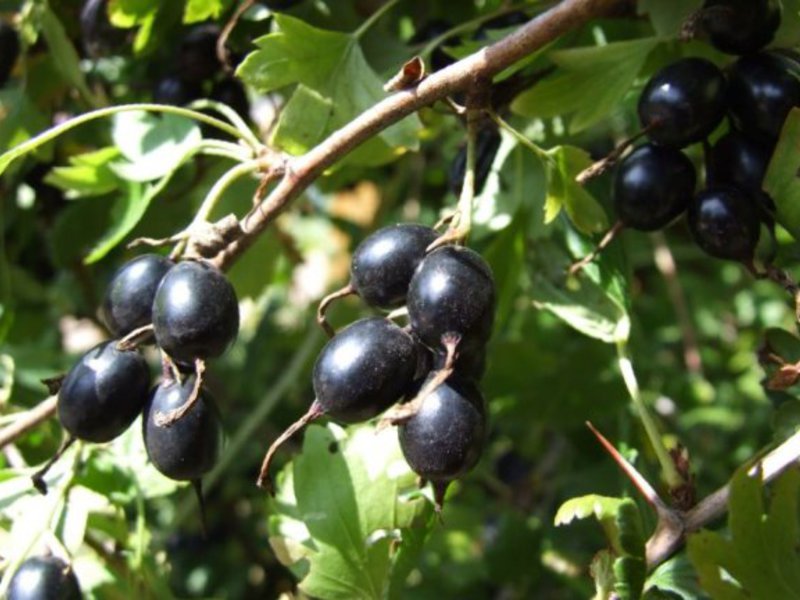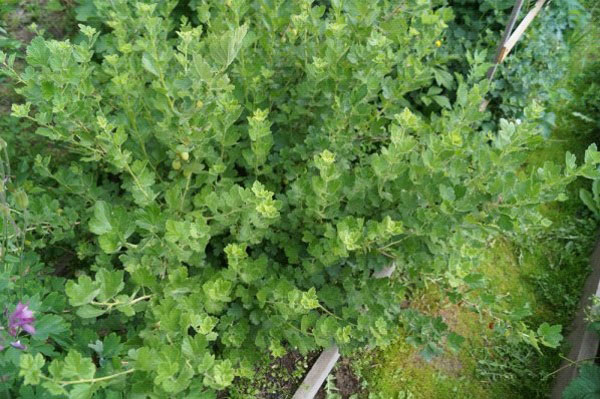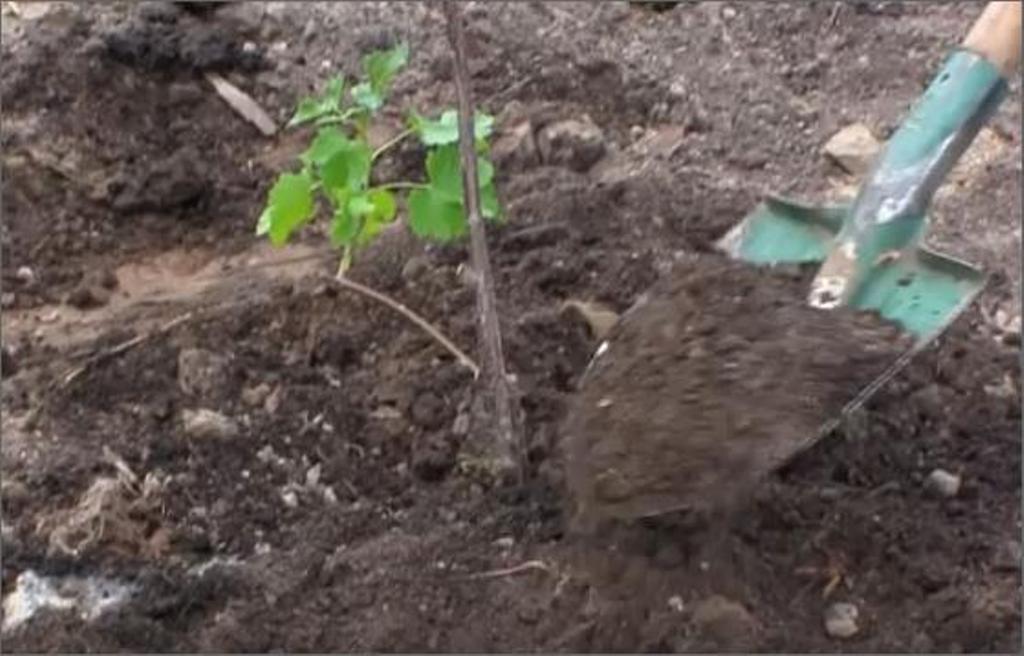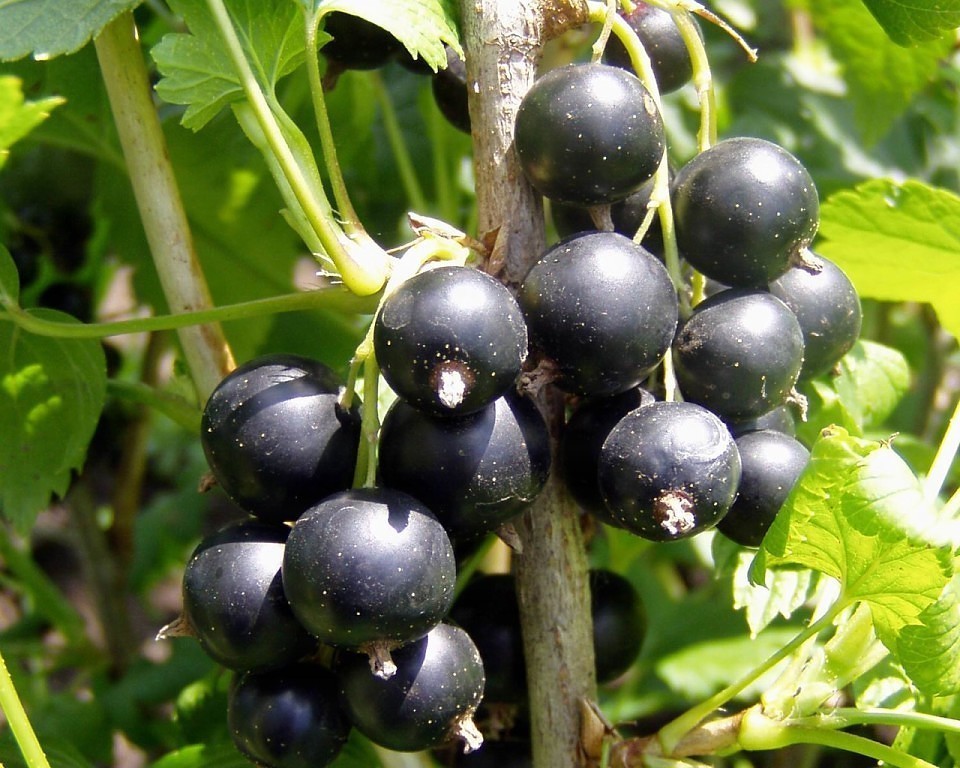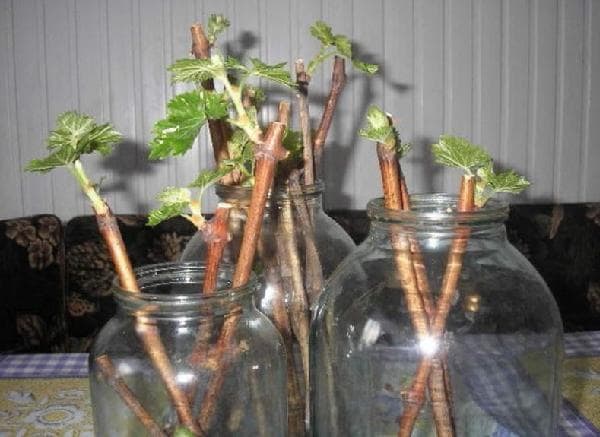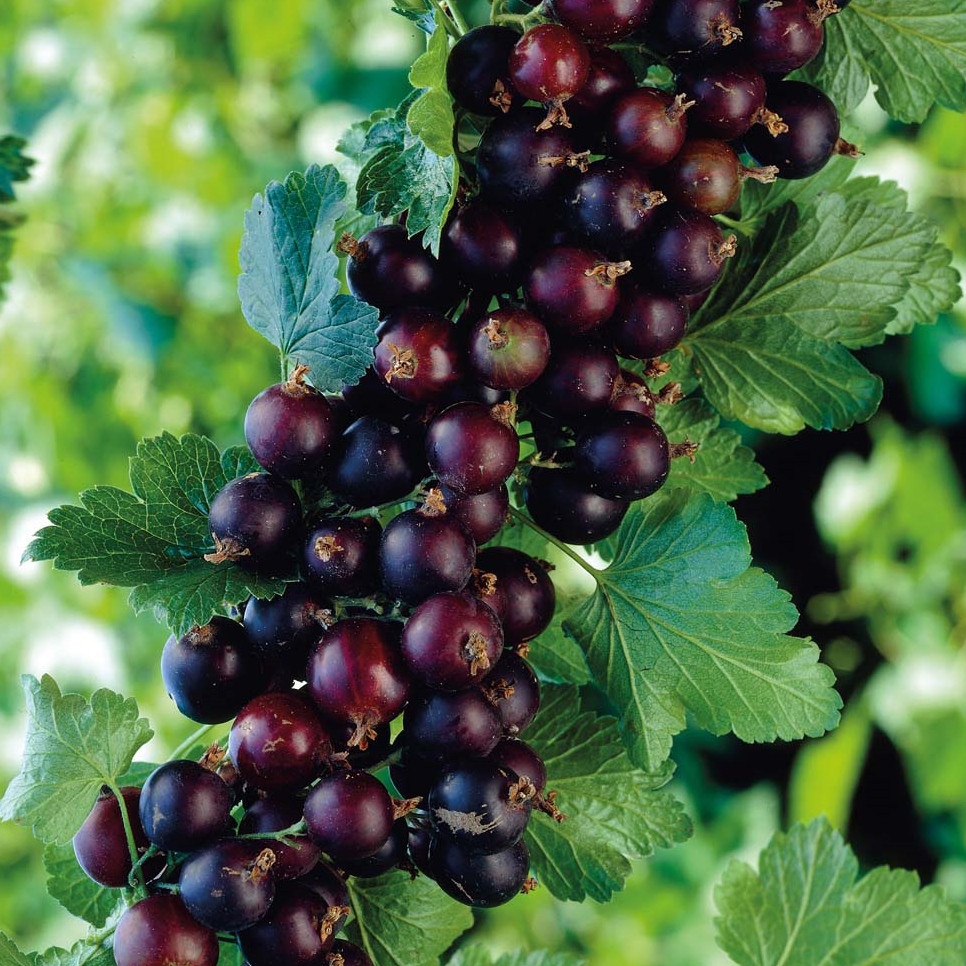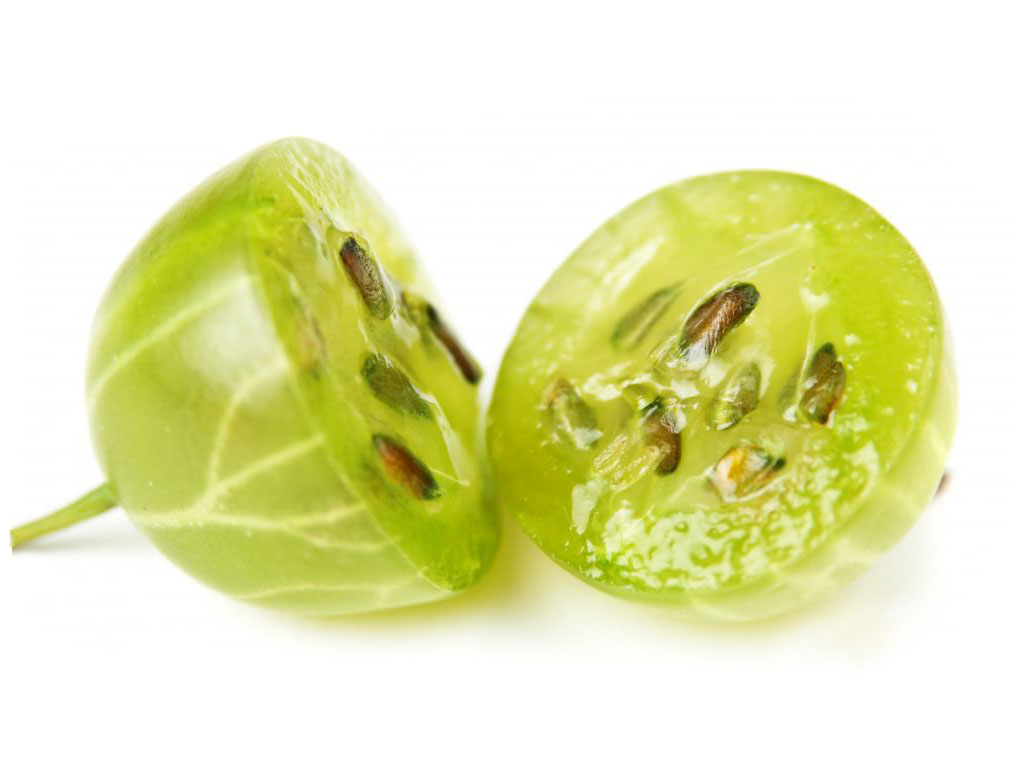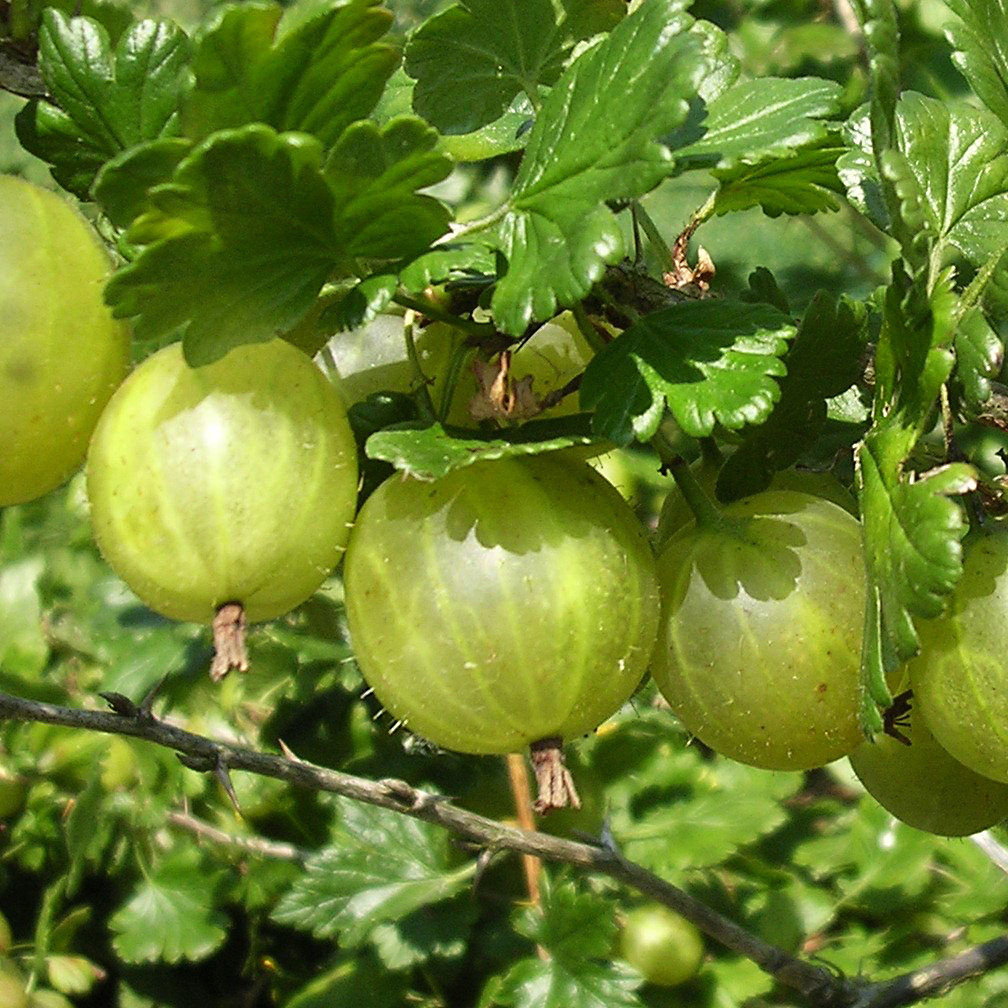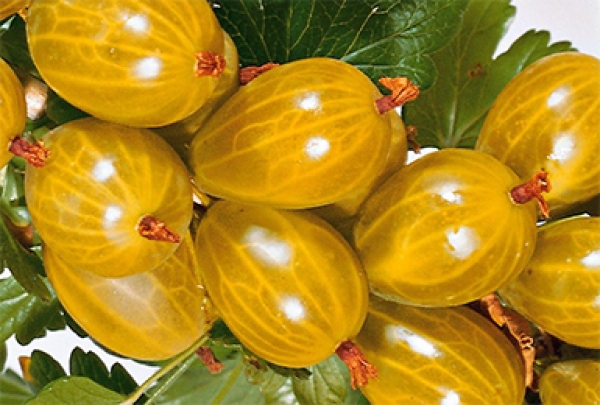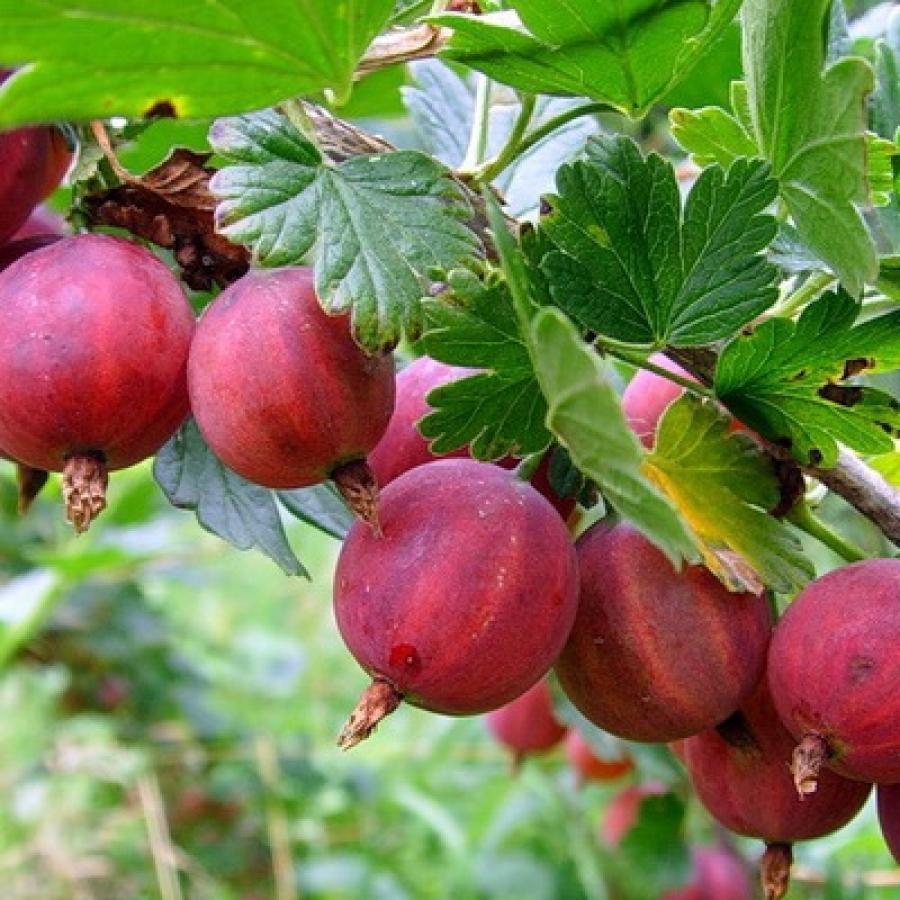Content:
Many have heard of berry hybrids. Some of the more interesting options include yoshta, a hybrid of currants and gooseberries. The shrub has a lot of advantages, and therefore it is in demand both among domestic and foreign gardeners.
Briefly about hybrids
Hybrid varieties of berries have a lot of undoubted advantages over ordinary fruit and berry crops. Usually we are talking about the following significant points:
- higher yield (on average by 50%);
- high resistance to unfavorable growing environment (resistant to low light, lower temperatures, prolonged rains, etc.);
- calibrated fruits;
- faster ripening of berries;
- resistance to most diseases.
Of the shortcomings, only two can be named:
- higher cost (which, however, pays off with an extensive harvest);
- the possibility of only a single use (seeds collected from plants will not give the same result, you will need to buy new ones).
Yoshta - a hybrid of currants and gooseberries
A mixture of such plants as currants and gooseberries has been tried for a long time in many countries. The well-known domestic breeder Michurin also worked on this issue. But it was only in 1970 that the result was obtained. The creation of a hybrid of gooseberries and currants is the result of many years of work by German specialists in the field of breeding in the last third of the last century. Despite the fact that not everyone has heard what it is, a promising shrub is quite worthy to be planted on any garden plot. It is very decorative, unpretentious in maintenance and easily adapts to any conditions.
Currants crossed with gooseberries got their name from both berries. In German, yoshta is spelled Josta. It is a combination of two German words - Johannisbeere (currant) and Stachelbeere (gooseberry). In other countries, the hybrid may be called differently, taking into account the local word formation.
Yoshta characteristic
The yoshta bush is a thornless plant reaching 2.5 m in height. The crown diameter can vary from one and a half to two meters. The shrub is not prone to shoots. Yoshta has a very branched root system that goes into the ground to a depth of 45 cm. The hybrid species has openwork foliage on thick cuttings with pronounced light feeding veins on the inner side of the leaf. The flower of the plant is large, white-pink or yellow (one might say golden) with smooth and even petals. The plant blooms in mid-June.
The yoshta shrub has black-purple berries, growing in clusters of 4-6 pieces. The fruits have a dense and durable skin, which makes them excellent for transportation, including over long distances. It is recommended to store fruits after harvesting in special shallow containers.
The flesh of the berries is quite juicy, has a nutmeg spicy aftertaste. When fully ripe, the berries are quite sweet, without even a hint of bitterness or sourness.
The yoshta shrub is a versatile berry: it is eaten fresh, frozen for the winter, used for processing into preserves, jams and compotes, and is actively used in the field of cooking.
The cultivation of hybrid fruit and berry crops is most often carried out in the southern regions, central Russia and Western Europe.
Yoshta varieties
Since Yoshta is a hybrid plant, it doesn't have too many varieties. They are divided into two types: more like currants and more like gooseberries. Let's consider what kind of yoshta can be planted on a personal plot in more detail.
EMB
This British variety will be appreciated by any gardener. Its characteristic property is its particularly high resistance to diseases and pests. EMB is a rather tall shrub, up to 180 cm. Most of its characteristics resemble a gooseberry. The flowering of the variety lasts two weeks. The yield is high. The average weight of the berries is 5 g. Taste is excellent. Ripening and picking of berries can be carried out for eight weeks.
Crown
The Krona Yoshta variety is more currant according to the description. It was bred by Swedish breeders. The plant has an average yield and has small berries. Fruit color is black. It can bear fruit for a long time - ripe berries do not fall off the branches for a long time. Often, the shrub is used to create hedges and for landscaping household plots, since it has excellent decorative characteristics.
Rext
The Rext variety was bred by domestic breeders. This hybrid is thornless, of short stature (no more than one and a half meters), with an erect bush. Rext berries are quite large - their weight can reach three grams. They have excellent taste characteristics. The yield is also quite worthy - from 5.5 to 10.7 kg from each individual bush. But the most significant quality of the variety is that winter is not terrible for him.
Yohini
The Yohini variety is one of the most highly productive varieties. To plant this cross means to become the owner of an excellent harvest. The average height of the shrub is about 2 meters. The berries have an excellent sweet taste that bears little resemblance to gooseberries or currants.
Moreau
If you plant a Moro seedling, an almost 2.5-meter bush will grow. The variety belongs to the columnar, that is, it is compact and rather tall. The color of the berries is very dark, almost black. In terms of size, the fruits of the hybrid are most reminiscent of cherries. They have a noticeable musky aroma; there is a purple bloom on the surface of the berry.
All the varieties described are suitable for planting in the middle lane and more northern regions with a harsh climate.
Rules for the care and reproduction of yoshta
Planting and leaving yoshta berries practically do not differ from similar manipulations with currants.
If we compare it with gooseberries, with a hybrid everything is much simpler, because the achievement of breeders completely lacks thorns. Leaving involves performing the following manipulations.
Loosening
Loosening for the first time takes place in April. The soil should be loosened to a depth of 4 to 6 cm in the area near the bushes and 8-10 cm in the row spacing.
On average, loosening is required at least once every two to three weeks. If there is no desire to manipulate so often, it is strongly recommended to mulch the soil with peat or humus. Mulch creates optimal conditions for the development of shrubs and for them to receive the required amount of nutrients.
Watering
After the plant is planted in open ground, a useful fruit and berry shrub will need to be watered regularly.Correct and regular watering will accelerate the development of yoshta, for which the presence of moisture throughout the growing season is of great importance. Moistening of the culture should be carried out to the depth of the root-forming layer - about 30-40 cm in depth. The approximate water consumption is about 30 liters per square meter of area. Watering is recommended early in the morning or after sunset.
Top dressing
The first feeding is done after the yoshta plant has been planted. The plant will receive the bulk of the top dressing from mulch. Each bush requires at least 20 kg of any organic matter. It is she who will become the main source of nutrients for the shrub.
It will be necessary to periodically apply mineral fertilizers to the soil. Their norm in the first three years of life of a fruit and berry crop is 30 g of superphosphate and 20 g of potassium sulfate per square meter. Since the fourth year, the amount of potassium-containing fertilizers increases to 25 g, and superphosphates, on the contrary, decreases to 25 g. Why it is a question of the fact that such a volume of fertilizer is required for a plant is difficult to say. But many years of horticultural practice clearly demonstrates the effectiveness of plant feeding according to the above scheme.
Pruning
The efficient cultivation of a hybrid of currants and gooseberries involves pruning yoshta in spring and autumn. In spring, the plant should be pruned before the sap begins to move, and also in autumn after the shrub has lost all its foliage.
Spring pruning is sanitary. At this time, sick, broken shoots, as well as frozen branches are eliminated. The plant does not need formative pruning.
In the autumn, when the plant goes into a state of dormancy, shoots affected by the glass and thickening the bush are removed. Healthy branches should be shortened by about one third.
Reproduction
As in the case of currants, the reproduction of yokhta is possible in one of three ways:
- cuttings;
- layering;
- dividing the bush.
The division of the yoshta bush is usually done in the fall and only if there is a need for a transplant. The procedure is as follows: the bush is carefully dug out of the ground, its roots are cleared of the ground, with the help of a pruner, the plant is divided into several parts. It is important that each of the separated parts has a complete root system and at least one strong shoot. The cuts are usually processed with crushed coal. Then the divided shrub is planted.
When propagating by layering in the spring, one or two-year layering is laid in pre-dug grooves, leaving the top above the ground, and sprinkled with earth. Pinch the top a little. As soon as shoots with a height of 10 cm develop at the cuttings, they are half covered with earth, and after a few weeks the hilling is repeated. The next spring (in extreme cases, in autumn), the plants are separated from the mother bush and planted in a permanent place for further growth.
Yoshta grafting can be done with green or semi-lignified seeds. For green grafting, the apices of the stem are cut. They can be planted throughout the summer. But woody cuttings are most often used. They are cut from two-year-old shoots around the second half of September. They are planted for rooting, they manage to take root before the first frost, and in the spring they actively grow.
Each stalk should be 15 to 20 cm long and have a minimum of 5 buds.Planting cuttings in the soil should be done at an angle of 45 degrees. The distance between seedlings can vary from 60 to 70 cm. It is enough to leave only two buds above the ground. The soil of the cuttings should be compacted and mulched. Further care will be limited to watering, periodic loosening and removing weeds.
You can hardly find at least one contraindication that prevents planting a plant in a garden. This wonderful hybrid took only the best from such fruit and berry crops as currants and gooseberries.
Diseases and pests
Yoshta is susceptible to the same diseases and pests as black currant. Problem solving methods are also identical. Most often, the shrub is affected by rust (columnar and goblet), septoria, terry, mosaic and anthracnose.
As for fungal diseases, the situation with them is a little simpler - it is enough to spray the culture with any fungicide: Bayleton, Maxim or Topaz.
Pests on yoshta settle the same as on gooseberries and currants. Most often we are talking about moth butterflies, currant glass, aphids and ticks. Any insecticide is suitable to combat them.
Practice shows that any disease is easier to prevent than to cure. In this regard, it is important to take good care of the plants, observe agricultural techniques and carry out preventive treatment.

